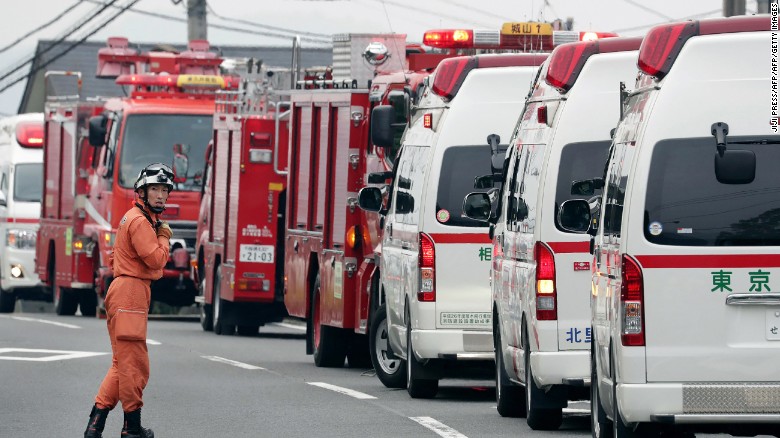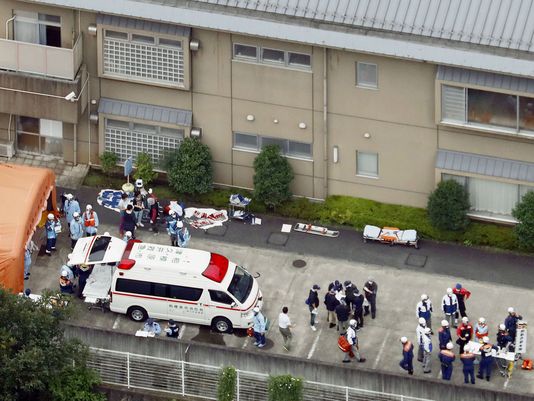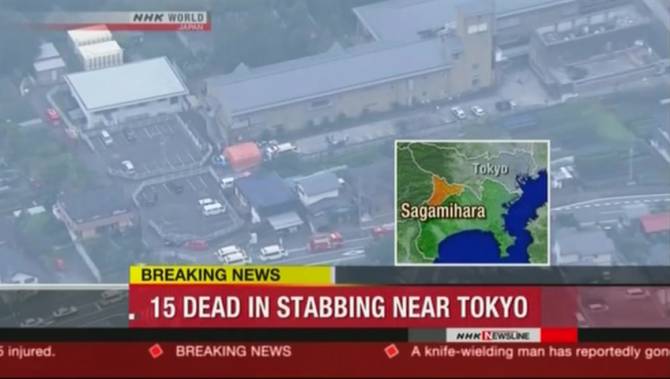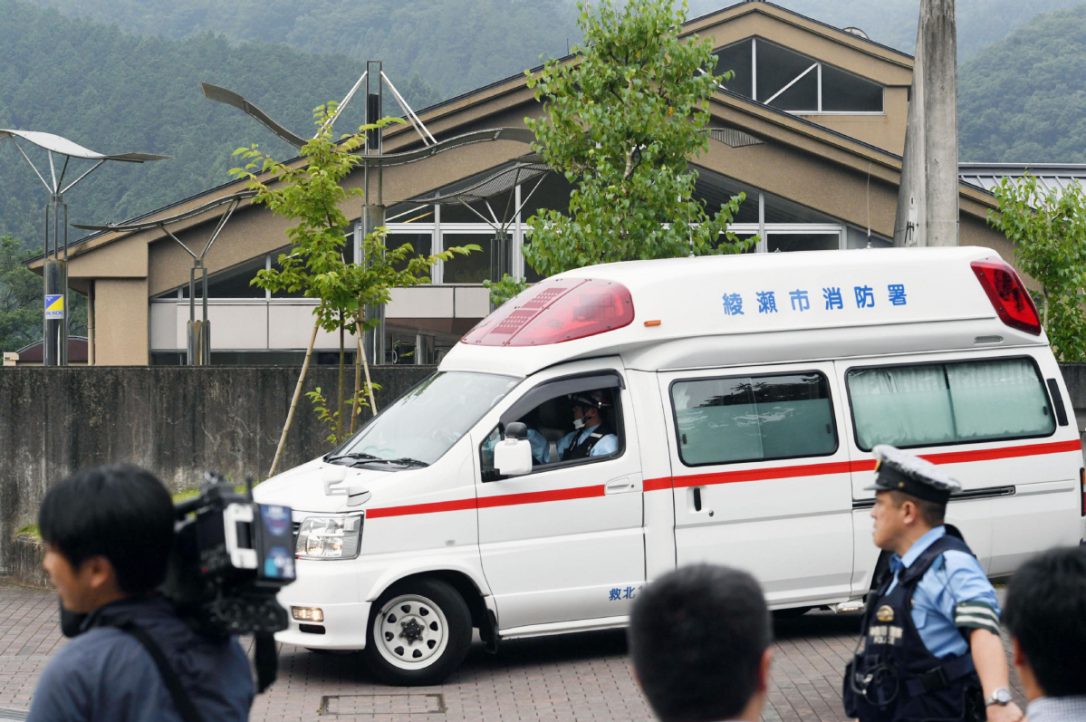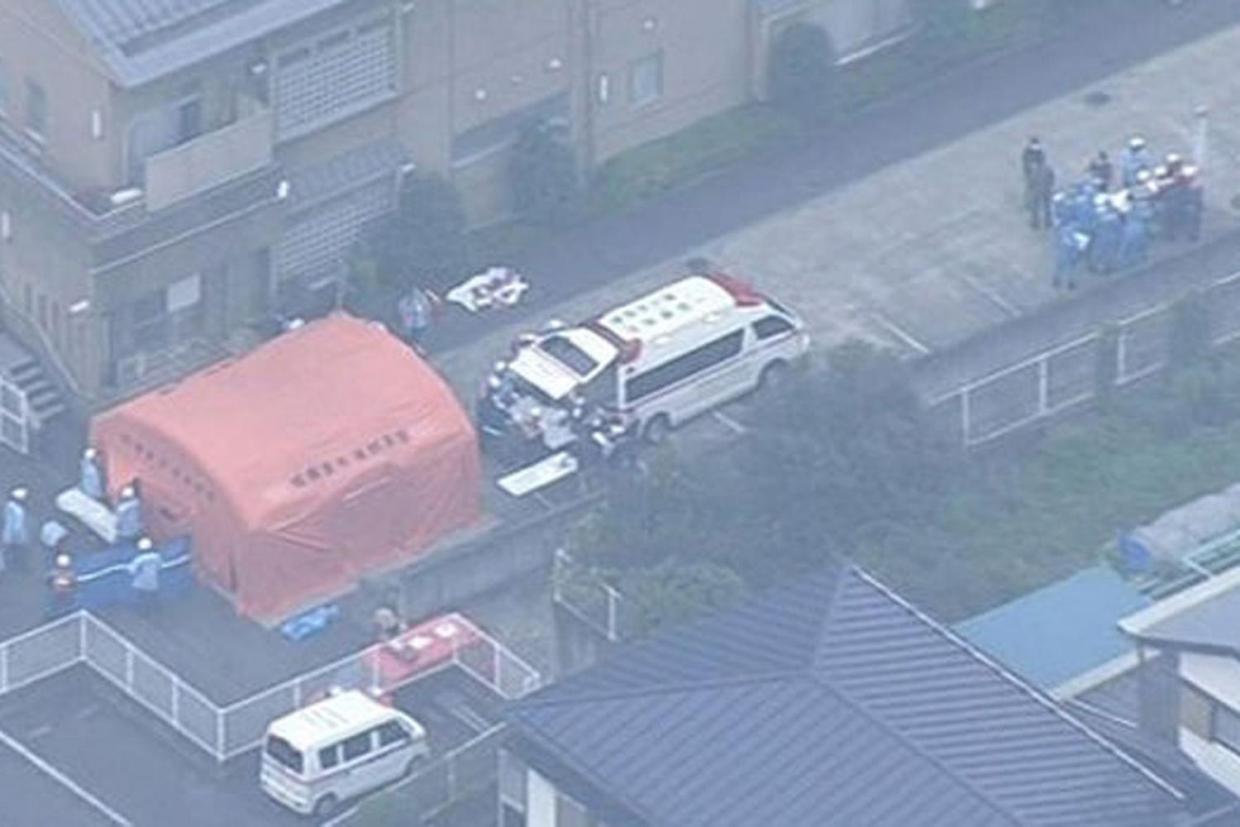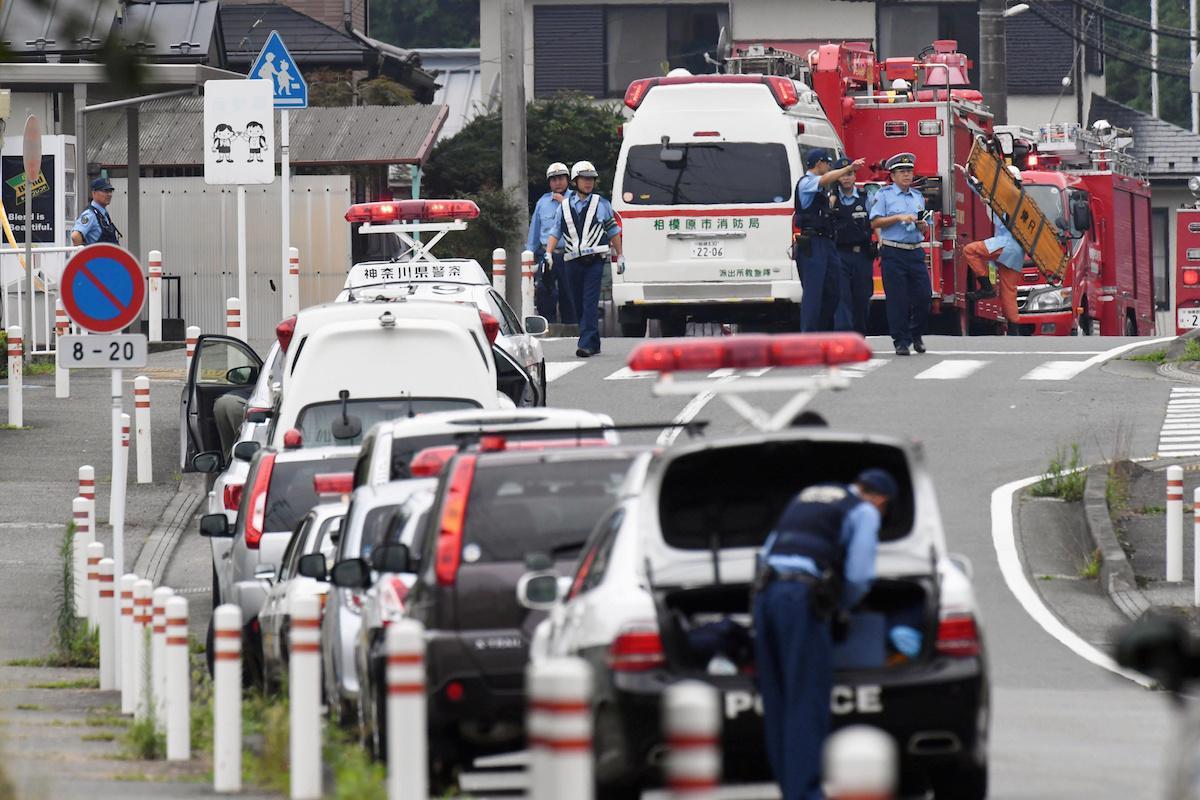At least 19 people were killed and 26 injured in a stabbing spree at a facility for disabled people west of Tokyo, making it one of Japan’s deadliest mass killings since World War II. Nine men and 10 women, ranging in age from 18 to 70, were killed in the attack.
Officer Satomi Kurihara of the Sagamihara Fire Department confirmed the death toll at the Tsukui Yamayurien facility in Sagamihara, a residential area approximately 40 kilometers (25 miles) west of the capital.
Satoshi Uematsu, a 26-year-old who worked at the facility until February, broke in through a window about 2 a.m. Tuesday (1 p.m. ET Monday), Kanagawa Prefecture officials said at a news conference.
About 3 a.m., Uematsu turned himself in at the Sagamihara police station, carrying a bloodstained knife and cloth, officials said.
Former employee
He had been working there since 2012, Motoko Rich, the New York Times’ Tokyo bureau chief, told CNN. It is unclear what he did there, nor if he resigned or was fired from his job at the home.
He had trained to be a teacher and former colleagues said he was personable and good with children. Neighbors were shocked to hear of his involvement in the incident.
While the motivation for the attack remains unknown, Rich reported that the suspect had taken a letter to the Japanese legislature outlining a society in which euthanasia of the disabled was accepted.
The suspect handed a letter to staff at the official residence of Tadanori Oshima, the Chairman of the Lower House in Japan’s parliament in February, the House’s secretarial office has confirmed, but CNN has not been able to independently verify the contents of this letter.
Of the 26 injured, 13 are “severely” hurt, according to a local fire official. Ten suffered moderate injuries and the remaining three minor injuries. They are being treated in a number of local hospitals.
In a brief press conference, Japanese Chief Cabinet Secretary Yoshihide Suga confirmed that there was no terror link with ISIS.
He added that the government would analyze information from the city government and the police department, and that the Ministry of Health, Labor and Welfare would ensure this kind of incident does not happen again.
Serene location
The 7.5-acre site in the bucolic mountain town is home to 149 residents, ranging in age from teenagers to those in their 70s, according to the Kanagawa prefectural website. It can house a total of 160 people. Just under a third of those living at the facility are elderly.
A total of 222 people work at the facility, but only nine — one of whom was a security guard — were on the premises when the incident occurred.
The incident sent shock waves through Japan, where mass killings are rare. Because gun ownership is highly restricted, mass stabbings and poisonings are more common, CNN’s Paula Hancocks said.
In June 2001, eight children were killed when a former janitor entered an Ikeda elementary school in Osaka and began stabbing students at random.
In June 2008, a man ran over a group of people with his truck and then stabbed 18, killingseven, in Tokyo’s famous Akihabara gaming district.
The biggest loss of life in Japan’s recent history was in 1982, when 24 people died after a Japan Air Lines pilot crashed a flight into Tokyo Bay.
The last time Sagamihara made global headlines was in 2012 when Naoko Kikuchi, a member of the Japanese doomsday cult responsible for the 1995 nerve gas attack on the Tokyo subway, was arrested there. The attack killed 13 people and injured more than 5,500 people.
The cult, Aum Shinrikyo, was responsible for another sarin gas attack the previous year that killed seven people and sickened some 200 more.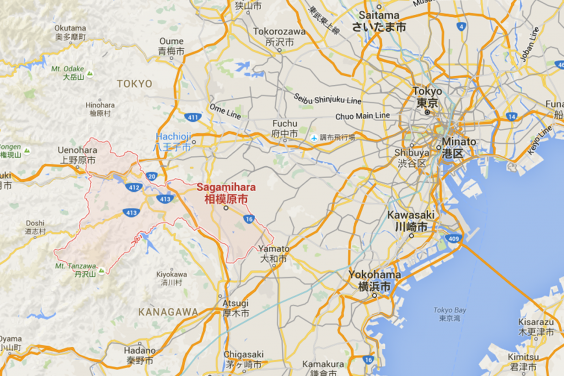

























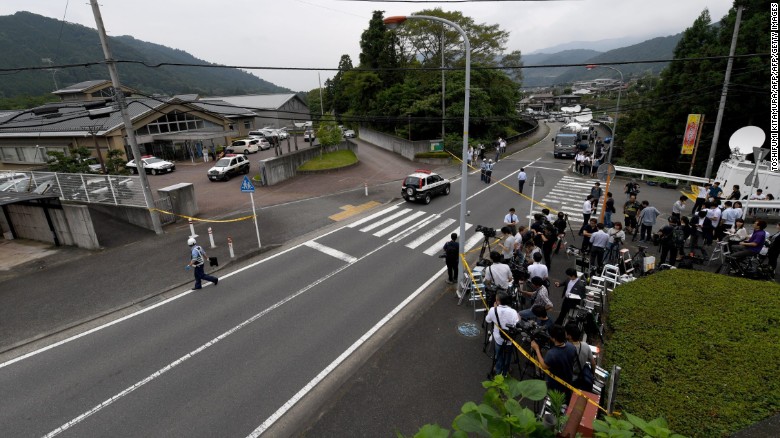 Police said they received a call from an employee of the facility reporting the attack, according to state broadcaster NHK.
Police said they received a call from an employee of the facility reporting the attack, according to state broadcaster NHK.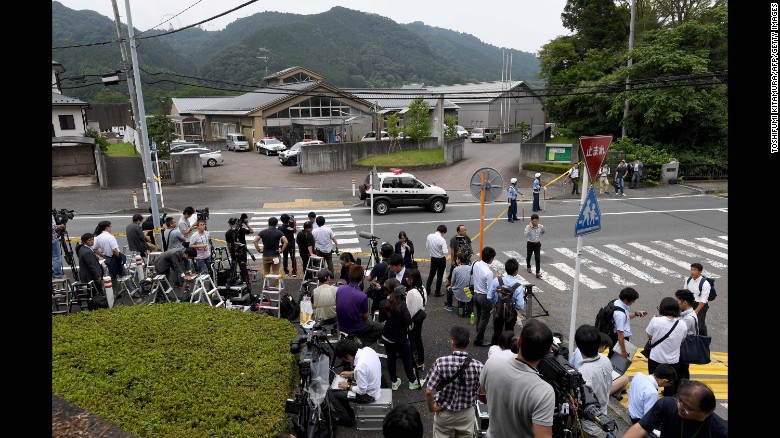
 Rescue workers are seen at the Tsukui Yamayuri En care center
Rescue workers are seen at the Tsukui Yamayuri En care center